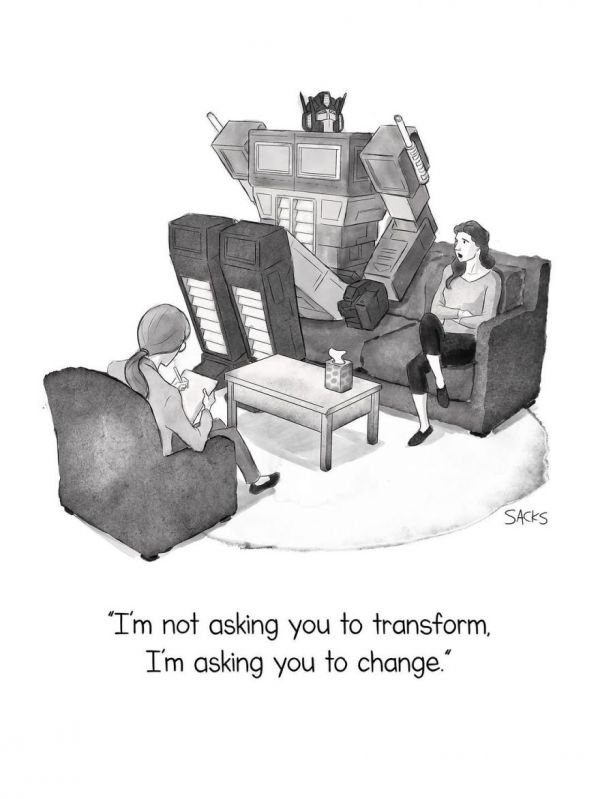I was surprised to see that lighters weren't invented until 1823, so I looked it up. Döbereiner indeed invented the first lighter of its kind, but there were other lighters before that. Matches are actually ancient, but the "first successful friction match" was indeed developed in 1826 by John Walker. The factoid above is clever, yet it also requires context. It's from a list of things from history that "everyone gets wrong," but keep in mind that some debunking only replaces one myth with another. Some of these busted myths are things you are already aware of, since you do read Neatorama. Some have been debunked, like the story that Swedish meatballs originated in Turkey. Some are still being disputed. But some have sources that you can check, like how the authorities at Ellis Island didn't change people's names as has been assumed. There was one fascinating Ellis Island story that made the news and gave rise to the myth, but the truth is that the idea grew because it was a handy frame for name jokes.
Yep, that one checks out. You can see all 27 historical myths in a pictofacts list at Cracked.


















